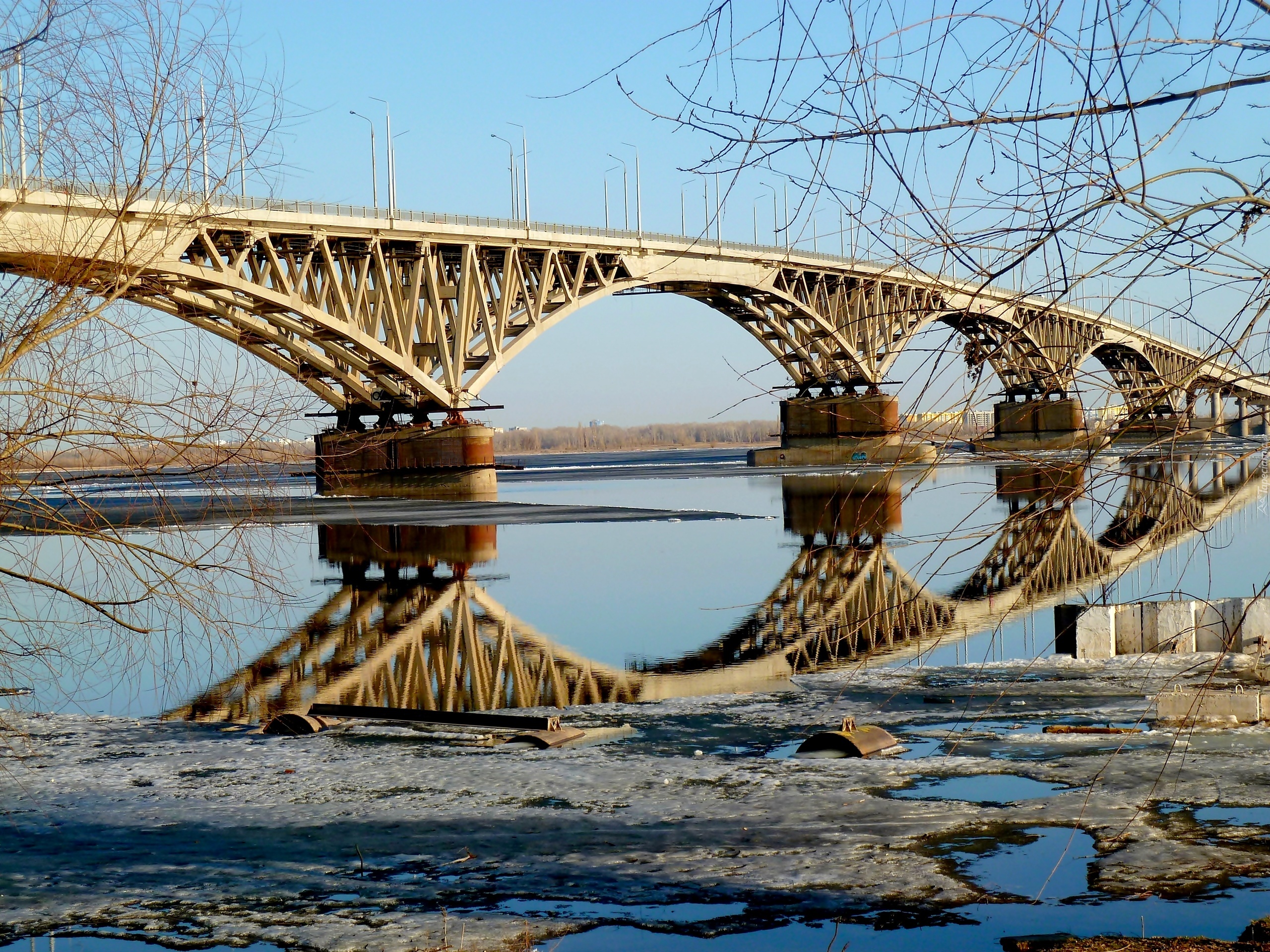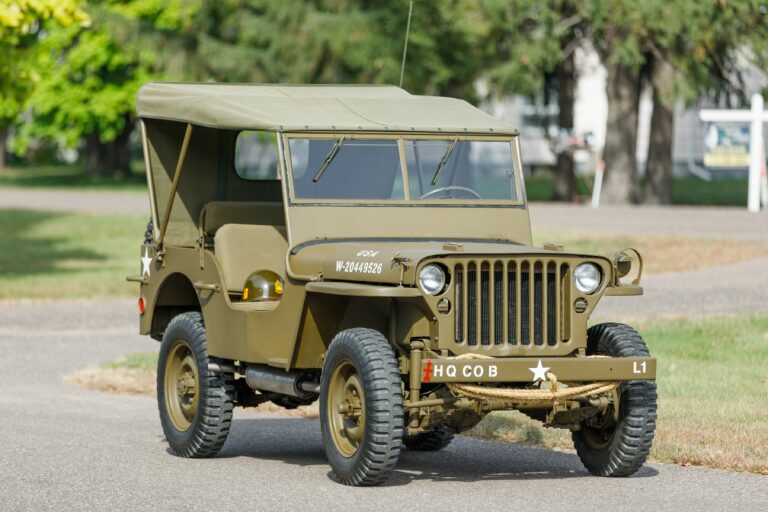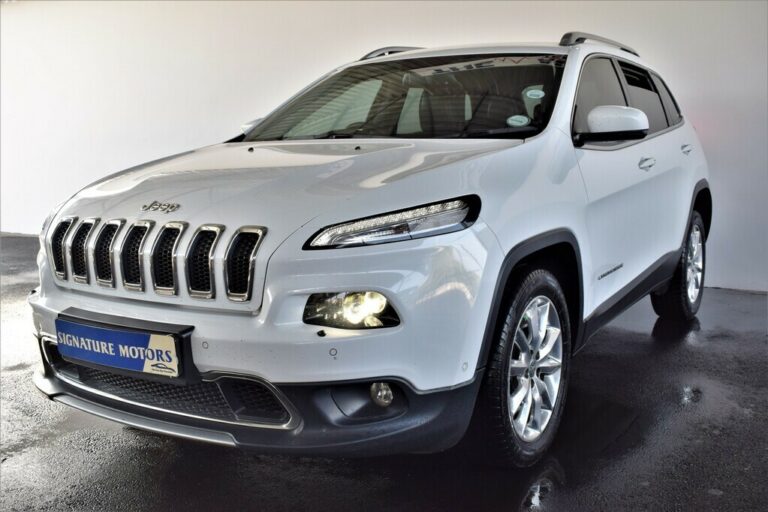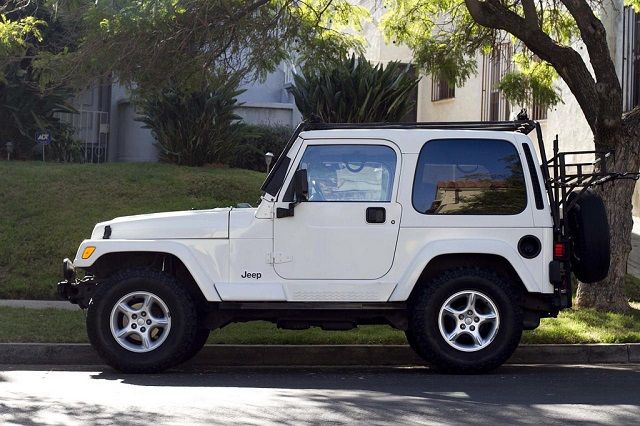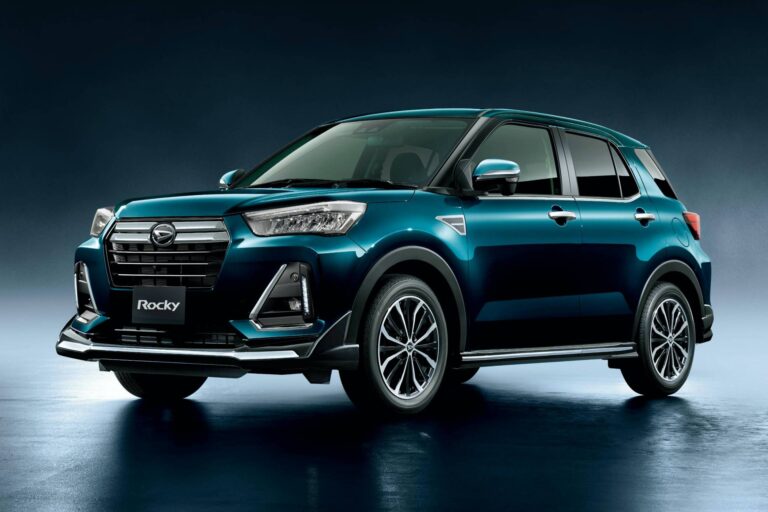Most Popular Accessories For Jeep Wrangler: Unleashing Your Rig’s Full Potential
Most Popular Accessories For Jeep Wrangler: Unleashing Your Rig’s Full Potential jeeps.truckstrend.com
The Jeep Wrangler isn’t just a vehicle; it’s a lifestyle, a statement, and a canvas for boundless adventure. Born from military heritage and refined over decades, the Wrangler embodies freedom, capability, and an undeniable spirit of exploration. But for many owners, the factory-fresh Wrangler is merely the starting point. The true magic unfolds when you begin to personalize it, enhancing its capabilities, comfort, and distinctive style through a carefully curated selection of accessories.
Accessorizing a Jeep Wrangler isn’t just about aesthetics; it’s about tailoring your vehicle to your specific needs, whether that’s conquering challenging off-road trails, embarking on extended overlanding trips, or simply making your daily commute more enjoyable. The aftermarket for Jeep Wrangler accessories is vast and vibrant, offering an incredible array of options that can transform your rig from capable to truly legendary. This comprehensive guide will delve into the most popular accessories for the Jeep Wrangler, exploring their benefits, considerations, and how they can elevate your driving experience to new heights.
Most Popular Accessories For Jeep Wrangler: Unleashing Your Rig’s Full Potential
Elevating Performance and Capability: Lifts, Tires, and Wheels
At the heart of any serious off-road build are fundamental upgrades to the suspension and rolling stock. These modifications directly impact your Wrangler’s ability to navigate rough terrain, offering increased ground clearance, improved articulation, and superior traction.
1. Lift Kits:
A lift kit is often the first major modification Jeep owners consider. It raises the vehicle’s body relative to its axles, providing crucial ground clearance for clearing obstacles and allowing for the installation of larger tires.
- Types: Lift kits range from simple "spacer" lifts (budget-friendly, minimal performance gain) to full "coil" lifts (new springs and shocks for improved ride and articulation) and advanced "long arm" kits (for extreme articulation and better geometry on highly lifted Jeeps).
- Benefits: Increased ground clearance, improved approach/departure/breakover angles, ability to fit larger tires, more aggressive stance.
- Considerations: Cost, complexity of installation, potential need for driveline modifications (e.g., driveshafts, re-gearing), impact on on-road handling, and potential warranty implications.
- Practical Advice: Match your lift size to your intended tire size and driving style. A 2.5-3.5 inch lift is popular for balancing off-road capability with reasonable on-road manners.
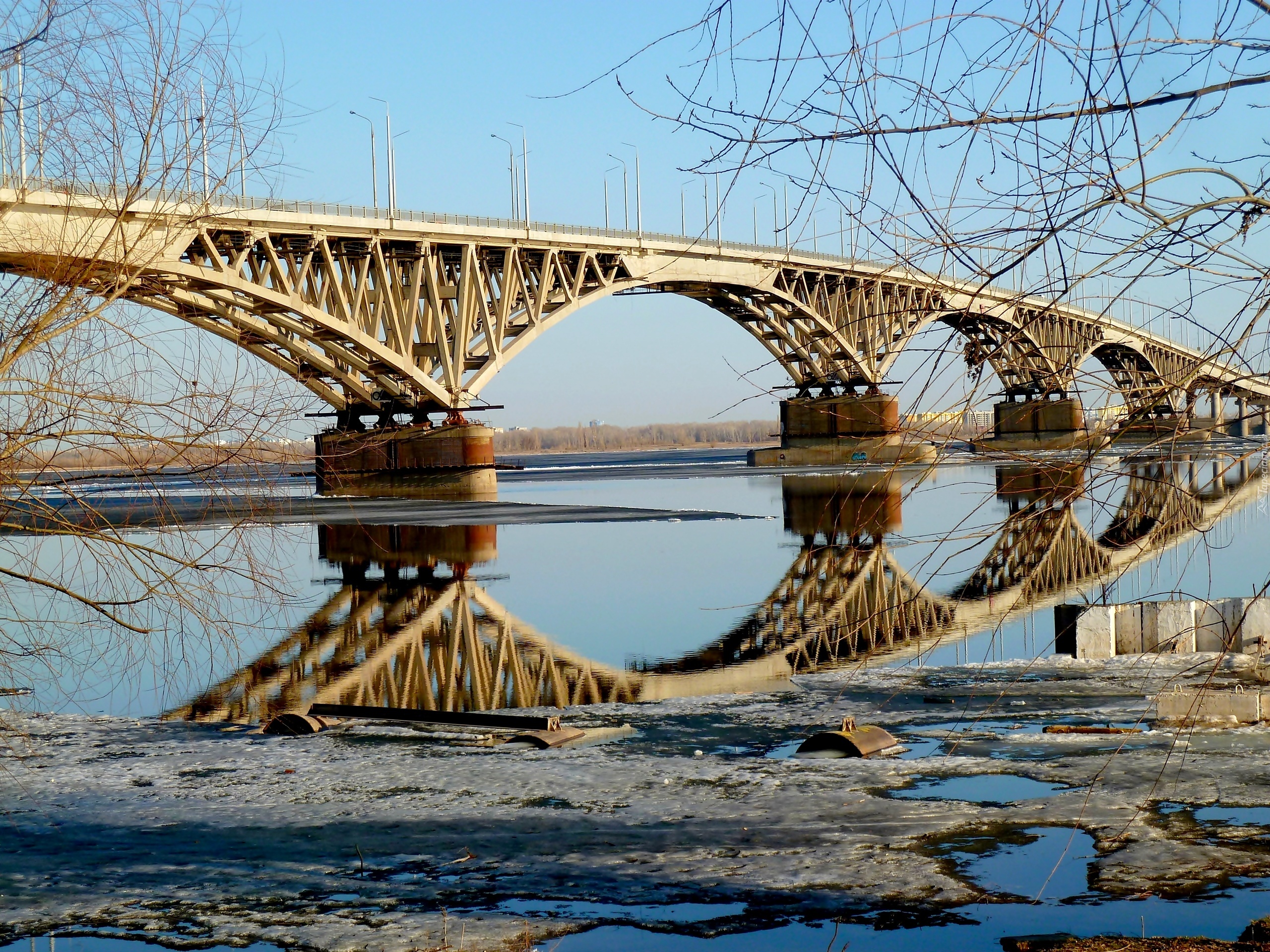
2. Aftermarket Tires and Wheels:
Once you lift your Jeep, larger, more aggressive tires become a necessity. Paired with appropriate wheels, they dramatically enhance traction and durability.
- Types:
- All-Terrain (A/T) Tires: Good balance of off-road grip and on-road comfort/quietness.
- Mud-Terrain (M/T) Tires: Aggressive tread patterns for maximum traction in mud, rocks, and loose terrain; typically noisier on pavement.
- Benefits: Superior traction on various surfaces, increased ground clearance (with larger diameter), enhanced durability against punctures.
- Considerations: Tire size (ensure clearance with fenders and suspension at full flex), weight (affects fuel economy and unsprung weight), wheel backspacing (to prevent rubbing), and the need for a matching spare.
- Practical Advice: Don’t skimp on tires – they are your only contact with the ground. Research tire reviews specific to your driving conditions. Consider beadlock-capable wheels for extreme off-roading, allowing lower tire pressures without bead separation.
Essential Recovery Gear: Winches and Shackles
Even the most capable rig can get stuck. Recovery gear is not just an accessory; it’s a crucial safety net for any off-road enthusiast.
1. Winches:
A winch is an invaluable tool for self-recovery or assisting others out of sticky situations.
- Types: Most popular are electric winches, powered by your Jeep’s battery. Hydraulic winches are less common but offer continuous power.
- Benefits: Self-recovery from mud, sand, or steep inclines; pulling obstacles; assisting other stuck vehicles.
- Considerations: Capacity (at least 1.5 times your Jeep’s Gross Vehicle Weight), cable type (synthetic rope is lighter, safer, and easier to handle than steel cable), mounting (requires a winch-compatible bumper or plate), and waterproof ratings.
- Practical Advice: Always use proper winching techniques, including dampeners, tree savers, and recovery straps. Attend a recovery course if possible.
2. Recovery Straps and Shackles:
These are fundamental for connecting your winch to an anchor point or for kinetic (snatch) recoveries.
- Types: Kinetic recovery ropes (for dynamic pulls), static recovery straps (for winching or towing), D-ring shackles (for secure attachment points).
- Benefits: Safe and effective vehicle recovery.
- Considerations: Rated capacity (ensure it exceeds your vehicle’s weight), material quality, and proper usage (never use tow chains for recovery).
- Practical Advice: Always carry at least one high-quality recovery strap and two D-ring shackles.
Protection and Durability: Bumpers, Rock Sliders, and Skid Plates
Off-roading inevitably involves bumps and scrapes. Protective armor safeguards your Wrangler’s vital components from damage.
1. Aftermarket Bumpers (Front and Rear):
Factory bumpers offer minimal protection. Aftermarket bumpers are built for durability and often include integrated features.
- Types:
- Stubby: Minimalist, high clearance for tire articulation.
- Mid/Full-Width: More protection, can accommodate wider tires.
- High-Clearance: Angled for better approach angles.
- Benefits: Enhanced protection against impacts, improved approach/departure angles, mounting points for winches, lights, and D-rings, aggressive aesthetics.
- Considerations: Material (steel is heavy but strong, aluminum is lighter), weight (affects suspension), compatibility with sensors and airbags, and tire carrier integration for rear bumpers.
- Practical Advice: Choose a bumper that suits your off-roading style. If you plan to winch, ensure the front bumper is winch-ready.
2. Rock Sliders:
Also known as rock rails or nerf bars, these protect your rocker panels (the body area between the front and rear wheels) from impact.
- Types: Frame-mounted (strongest), body-mounted (easier installation, less robust).
- Benefits: Protects vulnerable rocker panels from rocks, stumps, and other trail hazards. Can double as a step.
- Considerations: Mounting type, ground clearance provided, and material.
- Practical Advice: For serious off-roading, frame-mounted sliders are highly recommended.
3. Skid Plates:
These armored plates protect critical underbody components.
- Common Areas: Engine oil pan, transmission, transfer case, fuel tank, steering components.
- Benefits: Prevents costly damage to drivetrain and fuel system from impacts with rocks or debris.
- Considerations: Material (steel or aluminum), coverage area, and ease of access for maintenance.
- Practical Advice: Prioritize skid plates based on your off-roading environment. If you frequently encounter rocky terrain, full underbody protection is a wise investment.
Lighting the Way: Auxiliary Lights and Light Bars
Visibility is paramount, especially when the sun goes down or conditions become challenging. Auxiliary lighting enhances safety and opens up nighttime adventures.
- Types: LED light bars (various sizes and beam patterns), LED pod lights (spot, flood, or combo), rock lights (for underbody illumination), and upgraded headlight/fog light assemblies.
- Benefits: Dramatically improved visibility off-road, enhanced safety, and aggressive aesthetics.
- Considerations: Legality for on-road use (many off-road lights are for off-road use only), wattage, beam pattern (spot for distance, flood for wide area), wiring complexity, and mounting locations.
- Practical Advice: Invest in quality lights from reputable brands. Ensure proper wiring with relays and fuses to prevent electrical issues.
Storage and Utility: Roof Racks and Cargo Solutions
Jeeps aren’t known for their cavernous cargo space, especially with passengers. Storage solutions help you carry more gear for longer adventures.
1. Roof Racks:
These allow you to carry bulky items like tents, kayaks, bikes, or extra fuel cans on top of your Wrangler.
- Types: Hardtop-mounted, soft top-compatible (frame-mounted), gutter-mounted, or full exterior cage racks.
- Benefits: Significantly increases cargo capacity, frees up interior space, allows for rooftop tents.
- Considerations: Weight capacity, wind noise, fuel economy impact, and compatibility with your top type.
- Practical Advice: Secure loads properly to prevent shifting or detachment. Be mindful of increased height for garages or low clearances.
2. Interior Cargo Solutions:
Maximize the limited interior space with clever storage.
- Types: MOLLE panel systems (for attaching pouches and gear), under-seat storage bins, cargo nets, drawer systems, and rear cargo organizers.
- Benefits: Keeps gear organized and secure, prevents items from rolling around, maximizes usable space.
- Considerations: Ease of installation, accessibility, and compatibility with your specific Wrangler model.
- Practical Advice: Prioritize items you need frequent access to, and secure heavier items in case of sudden stops or rollovers.
Comfort and Convenience: Interior Upgrades
While the focus is often on capability, interior accessories can make your Wrangler more enjoyable for daily driving and long trips.
- Floor Liners: Heavy-duty, custom-fit floor liners (like WeatherTech or Husky Liners) protect your carpets from mud, water, and debris.
- Benefits: Easy to clean, superior protection, preserves resale value.
- Grab Handles: Simple but effective, these provide a sturdy handhold for easier entry/exit, especially for lifted Jeeps.
- Benefits: Increased safety and convenience for passengers.
- Seat Covers: Protect original upholstery from wear, tear, and spills, while also allowing for personalization.
- Types: Neoprene, canvas, leatherette.
- Benefits: Protection, customization, comfort.
- Practical Advice: Choose durable, easy-to-clean materials for floor liners and seat covers, especially if you plan on getting your Jeep dirty.
Comprehensive Price Table for Popular Jeep Wrangler Accessories
Please note that prices are estimates and can vary significantly based on brand, quality, specific model year compatibility, features, and installation costs. Always research current market prices.
| Accessory Category | Specific Item / Description | Estimated Price Range (USD) | Key Considerations |
|---|---|---|---|
| Performance/Capability | 2.5" – 3.5" Coil Lift Kit (Springs, Shocks) | $800 – $2,500+ | Ride quality, driveline angles, installation. |
| Set of 5 All-Terrain/Mud-Terrain Tires (33"-35") | $1,200 – $2,500+ | Tread pattern, load rating, noise, matching spare. | |
| Set of 5 Aftermarket Wheels (17"-18") | $800 – $1,800+ | Backspacing, bolt pattern, material (steel/alloy). | |
| Recovery Gear | Electric Winch (9,000-12,000 lbs, Synthetic Rope) | $500 – $1,500+ | Capacity, motor type, rope material, waterproofing. |
| Heavy-Duty Recovery Strap (30ft, 30,000 lbs) | $40 – $100 | Rated capacity, material, stitching quality. | |
| D-Ring Shackles (Pair) | $20 – $60 | Rated capacity, material (steel), pin type. | |
| Protection/Durability | Steel Front Bumper (Winch-ready, D-ring mounts) | $300 – $1,000+ | Weight, approach angle, sensor compatibility. |
| Steel Rear Bumper (with Tire Carrier) | $500 – $1,500+ | Tire size capacity, departure angle, hitch. | |
| Frame-Mounted Rock Sliders (Pair) | $300 – $800+ | Protection level, step function, mounting method. | |
| Underbody Skid Plate Kit (Engine, Trans, Transfer Case) | $400 – $1,200+ | Coverage, material (steel/aluminum), access points. | |
| Lighting | 50" LED Light Bar (Off-road use) | $100 – $500+ | Beam pattern, lumens, waterproof rating, brand. |
| LED Pod Lights (Pair, Spot/Flood) | $50 – $250+ | Lumens, beam pattern, mounting options. | |
| Upgraded LED Headlight Assemblies (Pair) | $200 – $800+ | DOT compliance, beam pattern, plug-and-play. | |
| Storage/Utility | Exterior Roof Rack (Hardtop/Frame Mount) | $400 – $1,500+ | Weight capacity, wind noise, mounting type. |
| Interior MOLLE Panels (Rear Gate/Seat Back) | $50 – $200+ | Specific fit, material, accessory compatibility. | |
| Comfort/Convenience | Custom-Fit Heavy-Duty Floor Liners (Front & Rear) | $150 – $250 | Material, coverage, ease of cleaning. |
| Interior Grab Handles (Pair) | $20 – $80 | Material, mounting location, ease of grip. | |
| Neoprene/Canvas Seat Covers (Full Set) | $150 – $400+ | Material, fit, water resistance, ease of cleaning. |
Frequently Asked Questions (FAQ)
Q1: Will adding aftermarket accessories void my Jeep’s warranty?
A1: Generally, no. The Magnuson-Moss Warranty Act states that a manufacturer cannot void your entire vehicle warranty simply because you’ve installed aftermarket parts. However, if an aftermarket part directly causes a failure of a factory component, the dealer may deny warranty coverage for that specific failure. For instance, an improperly installed lift kit might lead to driveline issues, for which the warranty claim could be denied. Always check with your dealer or a trusted mechanic for specific concerns.
Q2: Do I need to re-gear my Jeep after installing larger tires?
A2: For significantly larger tires (e.g., going from 32" to 35" or larger), re-gearing your axles is highly recommended. Larger tires effectively change your final drive ratio, leading to reduced power, sluggish acceleration, poor fuel economy, and increased strain on your transmission and engine. Re-gearing restores the optimal power band and performance.
Q3: How do I choose the right lift kit size for my Wrangler?
A3: The "right" lift depends on your intended use.
- 1-2.5 inches: Good for clearing slightly larger tires (33s), moderate trails, and maintaining good on-road manners.
- 2.5-3.5 inches: Popular for fitting 35-inch tires, tackling more challenging trails, and offers a good balance of off-road capability and daily driveability. May require some driveline modifications.
- 4+ inches: For serious rock crawling and extreme off-roading, allowing for 37-inch+ tires. Requires significant additional modifications (driveshafts, steering, potentially long-arm suspension) and will drastically alter on-road handling.
Q4: Are larger tires legal everywhere?
A4: Tire size regulations vary by state and even local municipality. Some areas have laws regarding maximum tire protrusion from fenders or overall vehicle height. Always check your local laws before installing significantly oversized tires. Fender flares can help with tire coverage.
Q5: Should I install accessories myself or have them professionally installed?
A5: This depends on your mechanical skill level, available tools, and the complexity of the accessory.
- DIY-friendly: Floor liners, grab handles, simple light bar mounts, some fender flares.
- Moderate complexity: Bumpers, rock sliders, basic exhaust systems.
- Professional installation recommended: Lift kits (especially complex ones), re-gearing, wiring extensive auxiliary lighting, significant engine modifications. Incorrect installation can be dangerous and costly.
Q6: What’s the difference between all-terrain and mud-terrain tires?
A6:
- All-Terrain (A/T): Designed for a blend of on-road comfort and off-road capability. They have a tighter tread pattern, offer better traction on wet/dry pavement, and are quieter. Good for light trails, gravel, and snow.
- Mud-Terrain (M/T): Feature aggressive, open tread blocks for maximum grip in mud, rocks, and loose dirt. They excel off-road but are typically noisier, wear faster, and offer less grip on wet pavement.
Conclusion
The Jeep Wrangler is a vehicle that truly comes alive when customized. From enhancing its rugged off-road prowess with lift kits and formidable tires to boosting its utility with roof racks and protective armor, the world of Wrangler accessories offers endless possibilities. Each modification tells a story, reflecting the owner’s adventures, passions, and personal style.
Whether you’re building an ultimate rock-crawling machine, an overlanding expedition vehicle, or simply want a more capable and comfortable daily driver, understanding the most popular accessories is the first step. Invest in quality, prioritize safety, and remember that every accessory you choose contributes to transforming your Jeep Wrangler into a unique reflection of your adventurous spirit. So, go ahead, explore the possibilities, and truly unleash your rig’s full potential!
